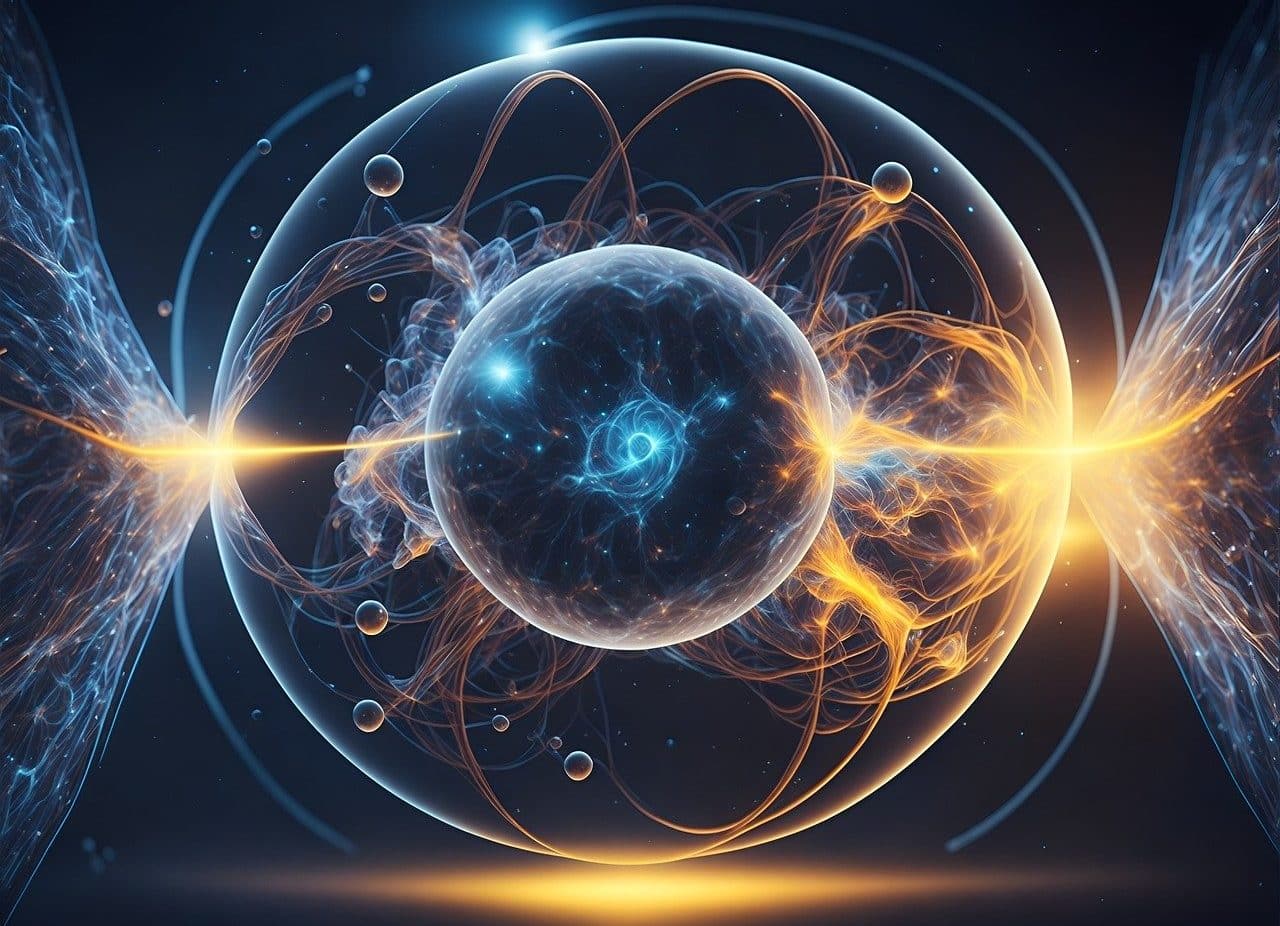
The concept of antiparticle arose since in quantum-relativistic theory energy cannot be left without values that have a negative sign.
Antiparticle is a notion typical of the field of particle physics that is used to describe that particle of an elementary nature that has identical spin and mass but an opposite electric charge with respect to the particle that corresponds to it. Thus, when both come together within the framework of an appropriate quantum state they end up annihilating each other, thus leading to the emission of energy and the emergence of more particles.
It is interesting to pay attention to the case of the photon , which manages to transport energy in the form of radiation and is a constituent of light. It is a massless and electrically neutral particle that is characterized by being, according to its properties, its own antiparticle . It is also considered that the so-called Majorana fermion also stands as its own antiparticle . Years ago, on the other hand, a group of scientists carried out a project to investigate and verify the existence of a strange phenomenon called "double beta decay without neutrinos" in order to determine if, in fact, the neutrino is also its own antiparticle. .
Experts on this topic indicate that the quantum states associated with a certain particle and its antiparticle can be exchanged taking into account CPT (Charge, Parity, Time) symmetry .
Characteristics of antiparticles
According to scientific findings, the creation of antiparticles within nature, as a result of processes involving high energies, is possible. Greater precision in this regard is obtained by knowing the particularities of beta decay based on the emission of a beta particle (a positron or electron ) emitted by a nuclide with the aim of balancing the bond between protons and neutrons .
It is also worth knowing that matter based on antiparticles is called antimatter , which reacts in the same way as matter does to the effect of gravity . For years, the focus has been on the gravitational interaction that involves both antimatter and matter. To achieve this, tests have been carried out that range from observing neutrinos from a supernova to the attempt to make, in the laboratory, a measurement of the gravitational acceleration of the positron and the electron . It was even experimented with some antihydrogen atoms . In this context, it is advisable to learn about matter-antimatter annihilation , a phenomenon that leads to energy being transformed into high-energy photons .
It cannot be overlooked that there is no way to generate an antiparticle without proceeding to the destruction of another particle with an identical charge or to the simultaneous development of a particle and its corresponding antiparticle (as can be done, for example, by appealing to an accelerator of particles ).

Today there are scientists who are trying, for example, to determine the fate of the antimatter that ended up disappearing once the Big Bang occurred.
Practical applications
Knowledge about antiparticles and antimatter does not stop and is being translated, with the help of technology and experimentation, into medical treatments and other achievements capable of revolutionizing different areas, as deduced from practice. There is still a lot of work to do in this regard and challenges to overcome, but little by little great results are being achieved.
Research has been oriented, taking advantage of antimatter , the execution of interplanetary missions and achieving significant advances in the battle against cancer.
In relation to astronomical issues, it was speculated that, if the energy arising from antimatter could be used in a space propulsion system, a trip to Mars and from there a return to Earth could be completed in just a handful of weeks.
In the area of nuclear medicine, meanwhile, an invasive study called positron emission tomography (PET) has gained relevance, which makes it possible to record images and explore the human body for diagnostic purposes.

A small percentage of cosmic rays is a constituent of antimatter. Some time ago, the most distant antimatter rays, so far, were detected through which the mystery of antimatter within the Milky Way could be elucidated.
Examples of antiparticles
Examples of antiparticles abound. Beyond the special cases noted at the beginning of this publication, there are numerous specific cases to cite.
The antiquark , to provide a specific reference, is the antiparticle of the quark . In both cases there is an identical spin , mass and half-life, but their corresponding charges are opposite.
In theory, the antineutrino is accepted as the antiparticle of each neutrino (or the antimatter version of it), although it is debated (as mentioned above) whether it does not function as its respective antiparticle . Several seasons ago, empirical evidence was detected in Antarctica that fits with the standard model of particle physics and involves an extremely energetic antineutrino coming from the cosmos. This announcement was of enormous importance given that through neutrino astronomy the chances of exploring the high-energy universe are multiplied.
Other examples of antiparticles : the antitauon (an unstable elementary particle that makes up the third generation of the lepton ), the antiproton (with stable but short-lived characteristics, antiparticle of the proton ) and the antineutron (a discovery attributed to the physicist Bruce Cork) . which explains what the antiparticle that binds to the neutron is like).
